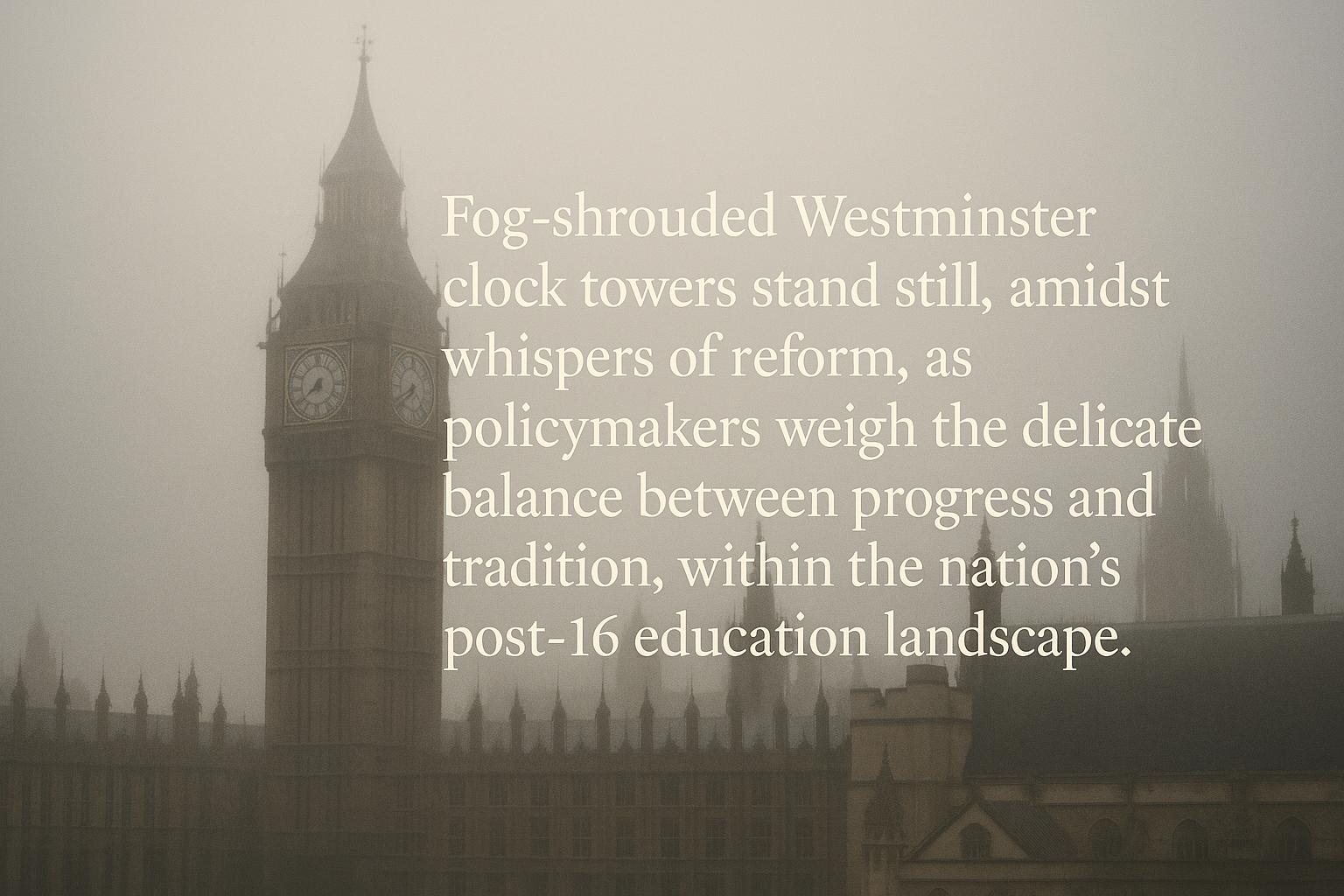Further education (FE) in the UK has long been regarded as a neglected sector within the public services, often overshadowed by the focus on schools. This systemic underinvestment has left colleges struggling to meet the demands for quality technical education and skills training, critical in today’s changing economy. The government’s recent white paper on post-16 education represents an attempt to address these deficiencies and could mark a positive step towards fulfilling commitments to broaden opportunity for young people. However, this initiative is a mixed bag, offering both welcome reforms and concerning missteps.
Historically, investment in non-academic training has declined sharply since 2010. The Conservative government’s apprenticeship levy, introduced in 2017, aimed to boost employer-funded training but has largely failed to achieve its intended outcomes. Reports from the Chartered Institute of Personnel and Development (CIPD) reveal that many levy-paying employers do not believe the scheme has increased their training investments. Apprenticeship starts have plummeted, falling from over half a million prior to the levy to fewer than 400,000 just after its rollout, with employers often redirecting funds towards existing staff rather than creating entry-level opportunities. This disconnect has been compounded by the levy’s restrictions, which exclude shorter, tailored courses vital for industries such as hospitality and retail, ultimately hampering broader skills development.
The government’s latest proposals continue to prioritise sectors like defence, artificial intelligence, green energy, and construction, the latter targeting the creation of 60,000 new jobs. While these focus areas reflect the aims of a modern, innovation-driven economy, the apparent sidelining of social care and the creative industries is a missed opportunity. These sectors are vital for economic diversity and employment but receive scant attention in the current plans.
A notable structural change has been the transfer of responsibility for skills training from the Department for Education to the Department for Work and Pensions. This shift reflects a pragmatic approach designed to tackle the pressing issue of the one million 16- to 24-year-olds not in education, employment, or training. Linking jobcentres more closely with training pathways could help bridge skills gaps and reduce youth unemployment, provided these connections are actively nurtured.
The introduction of Skills England, a national body established only a year ago, alongside regional authorities, promises a more decentralised strategy. Empowering local politicians and employers to address specific labour market needs may be key to overcoming the persistent “skills chasm” between London, the south-east, and other regions. Greater flexibility in how employers utilise funding, including relaxing the rigid apprenticeship levy rules, could incentivise more relevant and adaptable training opportunities. Yet, this flexibility must come with enhanced accountability to ensure that employers improve the quality and accessibility of training for new entrants to the workforce.
Funding remains an area of concern. Although Bridget Phillipson secured a funding boost for colleges recently, disparities in resources and pay compared to schools persist. Further, the Office for National Statistics' decision to reclassify further education institutions as public sector bodies from August 2024 adds another layer of complexity, reflecting how integral FE colleges have become to the government's social infrastructure. This move may also influence the sector’s funding and governance models.
The reforms to qualifications constitute one of the more contentious elements of the new proposals. While relaxing the requirements for GCSE retakes in maths and English is widely welcomed, the introduction of new vocational “V-levels” has been less smooth. The decision to phase out existing vocational qualifications like BTecs before new alternatives are fully established has caused considerable disruption. FE colleges are reportedly struggling to adapt, raising the risk that more young people will leave education underqualified and unable to secure meaningful employment.
The inclusion of higher education within the same policy document has drawn criticism. Many argue that the funding crisis facing universities, while urgent, deserves separate and focused treatment to avoid diluting the imperative of FE reform. The current approach risks reinforcing the longstanding notion that FE and skills training are of secondary importance to academic pathways.
In sum, the government’s latest white paper on post-16 education acknowledges many of the challenges facing further education and sets out important measures to strengthen the sector. However, past failures—particularly relating to the apprenticeship levy—and emerging issues around qualifications reform mean the outcome remains uncertain. Success will depend on effectively balancing national priorities with local needs, ensuring sufficient and fair funding, and carefully managing transitions in vocational qualifications to avoid disadvantaging young learners. If ministers engage constructively with the college sector and commit to sustainable investment, these proposals could mark a turning point after years of neglect in further education.
📌 Reference Map:
- Paragraph 1 – [1] (The Guardian)
- Paragraph 2 – [1] (The Guardian), [2] (CIPD), [3] (The Grocer), [4] (Ross Martin)
- Paragraph 3 – [1] (The Guardian)
- Paragraph 4 – [1] (The Guardian)
- Paragraph 5 – [1] (The Guardian), [6] (UK Government)
- Paragraph 6 – [1] (The Guardian), [5] (Forbes Solicitors)
- Paragraph 7 – [1] (The Guardian)
- Paragraph 8 – [1] (The Guardian)
Source: Noah Wire Services
